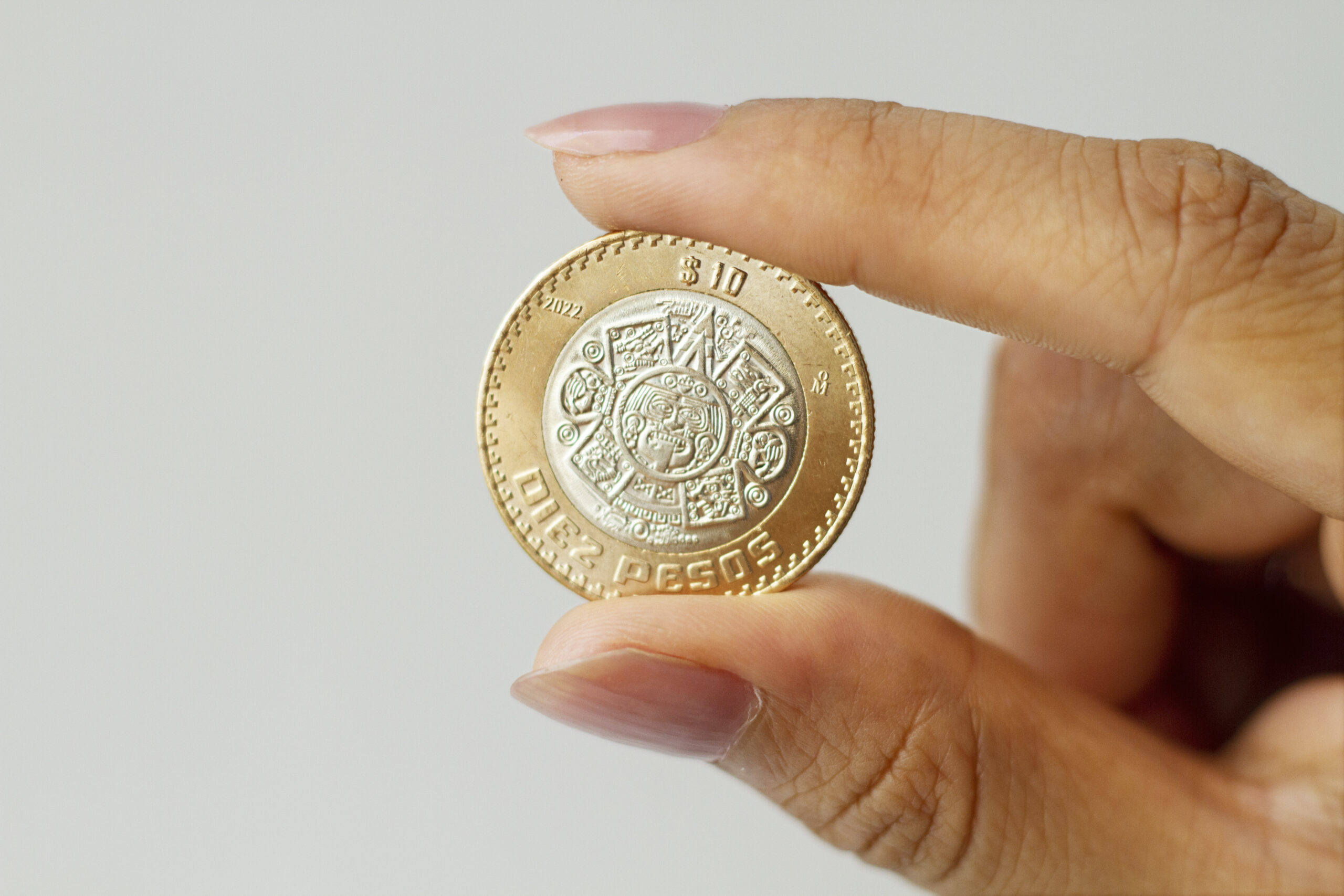Alcoholics Anonymous chips are round tokens that are presented to Alcoholics Anonymous members for a length of time they are free from alcohol. They are given at the milestone of a day, a month, or a year of sobriety to remind the wearer that they are committed to being sober. The shape of the chip depends on the length of time that the member has been sobering, and so does the color.
Indeed, the history of Alcoholics Anonymous sobriety chips traces back to the beginning of the fellowship itself and the commencement of their program. These are tokens, medallions, or plain old AA chips that are material representations of the recovering individual’s dedication to recovery and sobriety.
Additionally, there are outward indications of personal progress along the twelve-step program of the AA and experience therefrom with the ultimate goal of encouraging the individual to persist in seeking sobriety. Regardless of the changes the chips have experienced over the years, their significance has always remained the same along the lines of the traditional ideals of the group.
This article covers AA sobriety chips’ tradition, significance, and role in the recovery process.
- The History of the AA Sobriety Chip
The history of the first sobriety chip is rooted in the inception of Alcoholics Anonymous. Alcoholics Anonymous was established in 1935 when Bill Wilson established it with Dr. Bob Smith for men and women who sought to quit the habit of alcohol consumption. Alcoholics Anonymous was established upon some primary concepts based on the Oxford Group, along with spiritual ideals.
Additionally, AA chip founders have devised a token for the alcoholics to mark the anniversaries of their sobriety to give the alcoholics a chance to have tangible measures of success while maintaining hope. Sobriety was initially quantified in weeks or months, but the individuals wanted more institutionalized procedures to give concrete success measures.
- How The First AA Sobriety Chips Came to Exist
The first sobriety chips in 1942 originated with Jim B. Jim was a member of the AA in New York but also operated a coin business. Jim wanted some sort of small keepsake token to give to people for sobriety anniversaries, so he produced them himself. Metal early sobriety chips had plain engravings such as “To Thine Own Self Be True.”
Ideally, the groups’ first chips at meetings to reward someone for reaching a milestone had no standard procedure or form for the groups. The passing on of the sobriety chips had spread, but the systemized designs, or colors, developed later.
- Standardizing the AA Sobriety Chips
With the growth of the AA, the need for standardization grew stronger over time. There also existed other sobriety markers of other engravings, colors, and designs across the United States throughout the 1950s that other groups utilized.
The “AA chips” in 1954 also received further codification from the AA organization, the AA World Services. It is here that the system took shape that is being utilized today across the globe, where various colors of the chips represent some amount of sobriety, for instance:
- White: Symbolizes the first 24 hours of sobriety
- Red: Is most typically given at 30 days
- Green: On this first anniversary
They are special since they mark the consistent commitment to sobriety and progress. Since the chips are easily available, they are perfect for marking the journey to recovery.
- The Symbolism of AA Tokens
Sobriety chips are not trinkets; they are highly symbolic. The chips’ colors reflect the markers on the road to recovery, and holding a chip is recognizing for oneself that success has been reached. The white chip, the most commonly given for that first day of sobriety, is the start of a new life, a life free from the bondage of alcohol or other addictions.
Each of the following chips is a reflection of continued commitment to sobriety. A first-year green chip is proof that the power of perseverance, tenacity, and fresh identity is inherent within. These are thus incentives and reminders where people can see how much they have progressed and are encouraged to continue.
- Alcoholics Anonymous Tokens in Today’s World
Today, sobriety chips are also available in different designs and even styles. Some have their chips customized according to their choice. Some further proceed to add other information, such as the date when they received the chip or some inspiring message or symbol that is special to them. Some have an inspiring message like “One Day at a Time,” the recovery philosophy that is most important for individuals, step by step.
Also, the chips are no longer merely a measure of tracking time; now, they are also a support and inspiration to the other members of the whole AA community. The fact that the chip is given builds camaraderie, encouragement, and support for itself. The chips are, therefore, a mechanism for creating a sense of community of individuals fighting for the same thing: long-term recovery.
Sum Up
The genesis of the AA sobriety chips is the stuff of legend but is historically linked to the beginning of Alcoholics Anonymous. The sobriety chips have been an integral aspect of the recovery process since their inception in the 1940s. A
Finally, apart from commemorating anniversaries, the sobriety chips also motivate, inspire, and instill a sense of belongingness among the people in recovery. The AA sobriety chips, whose humble but profound message reminds the people in recovery of their resilience, toughness, and strength at every point.
